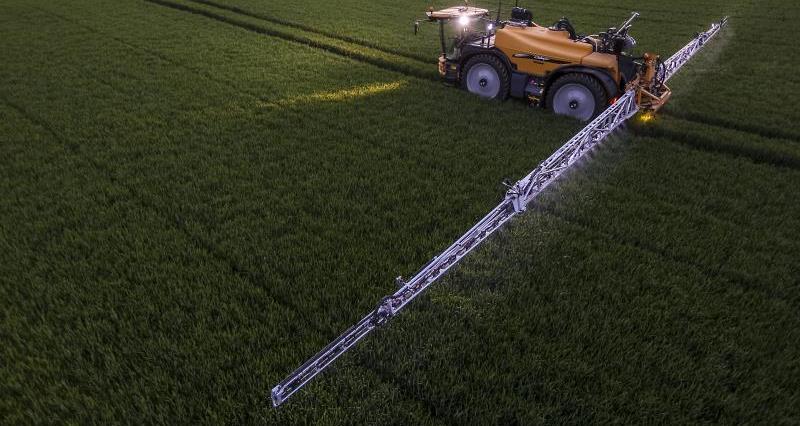What is Integrated Pest Management (IPM)
IPM is the holistic use of all available plant protection methods and subsequent integration of appropriate measures to discourage the development of weed, pest and disease populations. It keeps the use of pesticide and other interventions to levels that are economically and ecologically justified and minimise risks to human health and the environment (based on the FAO and Sustainable Use Directive definition).
As part of the Sustainable Use Directive on Pesticides, professional users of pesticides are required to consider the principles of IPM before the use of chemicals.
IPM is about preventing or controlling pests and diseases using a whole range of measures and options, including (as defined under the Sustainable Use Directive):
- Crop rotation
- Cultivation techniques
- Use of resistant/tolerant cultivars and certified seed/planting material
- Use of balanced fertilisation, liming and irrigation/drainage practices
- Good hygiene measures (e.g. cleaning machinery)
- Protection and enhancement of important beneficial organisms – like predatory and parasitic insects that will attack your pest insects
- Monitoring harmful organisms
- Application of plant protection based on monitoring data
- Use of biological, physical and other non-chemical methods in preference to chemical methods if they provide satisfactory pest control
- Targeted application of pesticide
- Use of pesticides kept to levels that are necessary and that do not increase the risk for development of resistance in populations of harmful organisms
- Anti-resistance strategies
- Review the success of plant protection measures
Why is IPM important?
Many anti-pesticide NGOs have a much more simplistic definition of IPM – they see IPM as being almost exclusively about reducing pesticide use.
Farmers and growers have been regularly using many of these IPM techniques for decades or even generations - techniques such as crop rotation, not planting crops in areas susceptible to pests, or using tolerant or resistant varieties. What they haven’t been good at is recording this action and talking about it under the banner of IPM.
Unfortunately, that has allowed a myth to develop that farmers don’t do IPM, or they currently do very little IPM. That’s not the case.
As part of the Sustainable Use Directive, the UK government is required to show that UK growers are using integrated pest management practices.
Why complete an IPM survey?
Having an IPM plan is an auditable standard of many farm assurance schemes (including Red Tractor and LEAF), so by completing the NFU/VI IPM survey, members can demonstrate all the IPM solutions currently practised on farm.
By completing the IPM survey and utilising an IPM plan, members may be able to save money on pest control methods which were previously used and can potentially reduce future problems with pesticide resistance on farm.
Complete the NFU/VI IPM plan here
General reference sources
The following websites are provided for general reference. Individual sections contain more links to specific topics:
- Agriculture and Horticulture Development Board resources
- BASIS Integrated Crop Management course
- Defra science and research projects
- ENDURE
- Farmers Weekly Academy
- LEAF
- Voluntary Initiative
- BeeConnected
- Water Aware
- Northern Ireland Government Advice on IPM
- Check it Out
- NRoSO
- Agroecology
- Base UK
- Croprotect
- HSE
- CRRU
- GetPalletwise
- Dow Grassland Weed Ap
- Nufarm Grassmanship
- Grassmanship.co.uk
- RB209 Section 3 Grass and Forage Crops
- AHDB Recommended Grass and Clover Lists
- CFE Advice and Guidance
- Management and control of common (soft) rush
- Improving pasture for better returns
- Grassland reseeding guide
- Healthy Grassland Soils
- RCGL
- Field Drainage Guide
- Forage for Knowledge
- How to use a Plate Meter
- How to sample slurry
- How to sample farmyard manure
- Managing Clover for Better returns
- Managing Nutrients for Better Return
